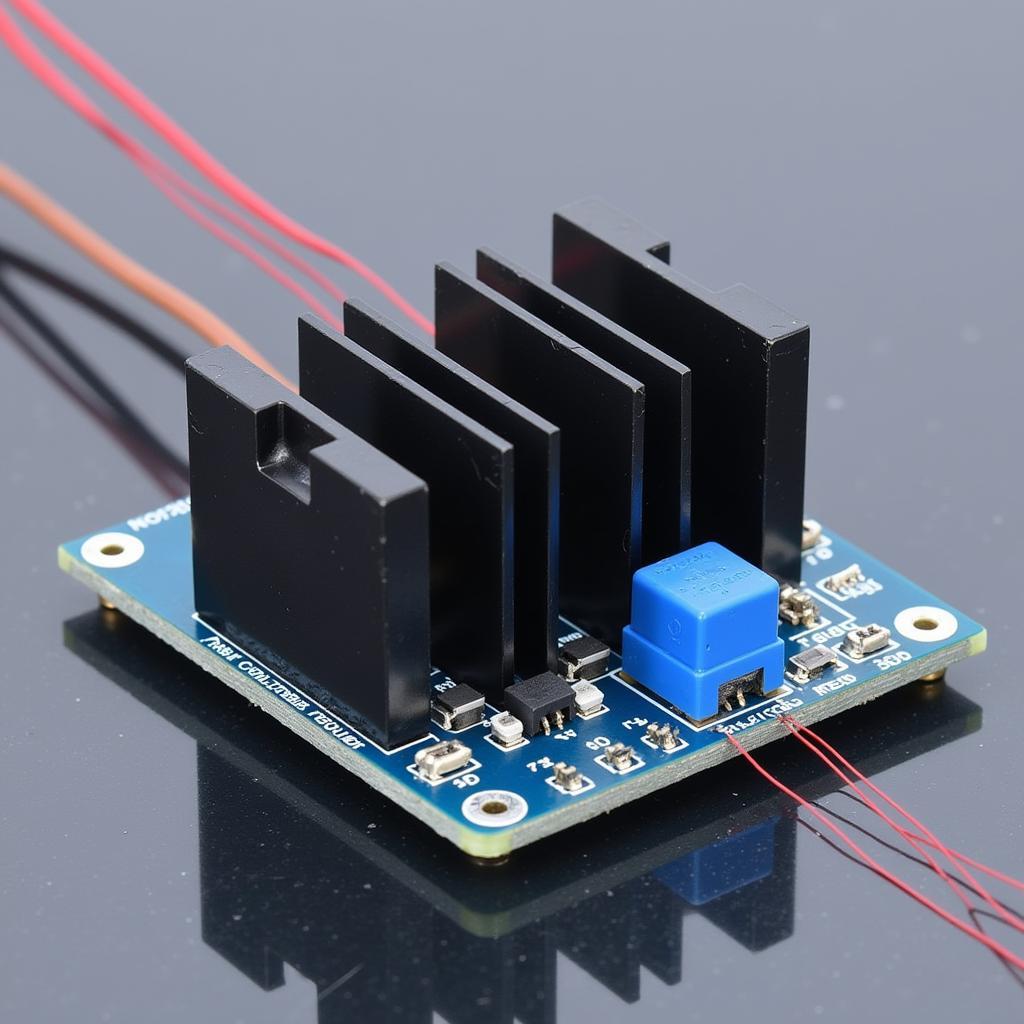12 Volt Speed Control Switch: Your Complete Guide
October 14, 2024A 12 Volt Speed Control Switch is a device that allows you to adjust the speed of a 12V DC motor. These handy devices are used in a wide range of applications, from controlling the speed of fans and power tools to adjusting the brightness of LED lights. In this comprehensive guide, we’ll dive into the world of 12 volt speed controllers, exploring their types, functionalities, and how to choose the right one for your needs.
Understanding 12 Volt Speed Control Switches
Before we delve into the specifics, let’s first understand the basics of how a 12 volt speed control switch works. In essence, it acts as a variable resistor, altering the amount of current flowing to the motor. By increasing or decreasing the resistance, you can effectively control the motor’s speed.
Types of 12 Volt Speed Control Switches
There are various types of 12-volt speed control switches available, each with its own advantages and limitations. Let’s explore the most common ones:
1. PWM Speed Controllers
Pulse Width Modulation (PWM) controllers are known for their efficiency and precise speed control. Instead of continuously varying the voltage, they rapidly switch the power on and off, adjusting the “on” time to control the speed. This results in minimal energy loss and smoother operation.
 PWM Speed Controller
PWM Speed Controller
2. Linear Voltage Regulators
Linear voltage regulators, as the name suggests, adjust the voltage linearly to control the motor speed. While simpler in design, they tend to generate more heat, making them less energy-efficient than PWM controllers.
 Linear Voltage Regulator
Linear Voltage Regulator
3. Rotary Speed Controllers
Rotary speed controllers are widely used for their simplicity and ease of use. They feature a rotary knob that allows you to adjust the motor speed smoothly.
Choosing the Right 12 Volt Speed Control Switch
Selecting the appropriate 12-volt speed control switch depends on several factors:
- Motor Current (Amps): Ensure the controller can handle the maximum current draw of your motor.
- Voltage Range: Verify that the controller is compatible with your 12V DC power source.
- Control Type: Choose between PWM or linear control based on your efficiency and precision requirements.
- Mounting Options: Consider how you’ll be mounting the controller, whether it’s panel mount, heatsink mount, or PCB mount.
Applications of 12 Volt Speed Control Switches
The versatility of 12 volt speed control switches makes them suitable for a multitude of applications:
- Automotive: Adjusting fan speed, controlling power windows, and dimming interior lights.
- Robotics: Precisely controlling the speed and direction of motors in robots.
- Home Appliances: Regulating the speed of fans, blenders, and other household appliances.
- DIY Projects: Controlling the speed of motors in custom projects and inventions.
Tips for Using 12 Volt Speed Control Switches Safely
- Always choose a controller with a higher current rating than your motor’s requirement to avoid overheating.
- Ensure proper ventilation and heat dissipation, especially when using linear voltage regulators.
- Use appropriate wiring gauges to handle the current flow.
- Never exceed the maximum voltage rating of the controller.
Conclusion
A 12 volt speed control switch is an indispensable component for anyone looking to control the speed of a 12V DC motor. By understanding the different types, functionalities, and selection criteria, you can find the perfect controller for your specific needs.
Need assistance with choosing or installing a 12 volt speed control switch? Contact us at Phone Number: 0915117113, Email: [email protected] or visit us at Tổ 3 Kp Bình An, Phú Thương, Việt Nam, Bình Phước 830000, Việt Nam. Our dedicated customer support team is available 24/7 to help you.